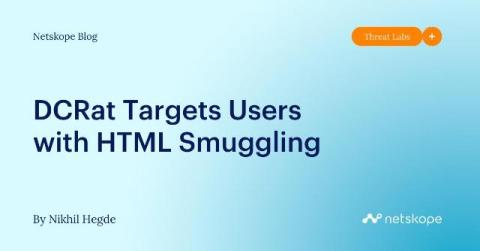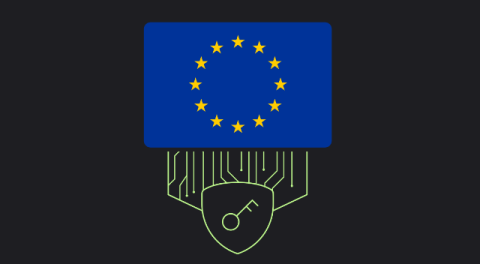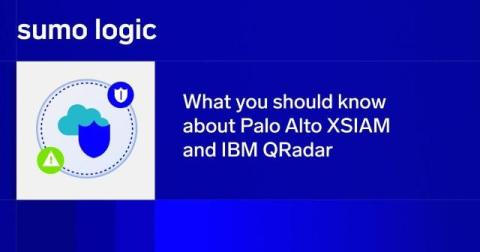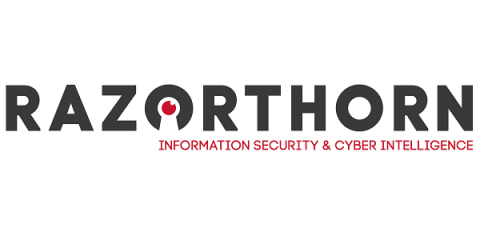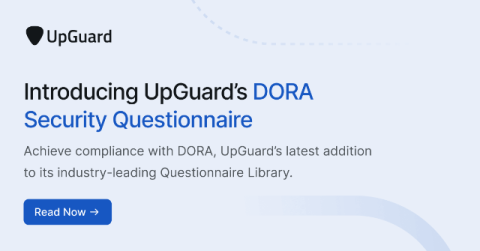What is Business Continuity and Disaster Recovery (BCDR)?
Running a business is no easy feat, and it's made that much harder by the threat of natural disasters, data breaches, or cyberattacks that can happen at any given moment. Such cases can lead to delayed business operations, financial or legal problems, or even business shutting down. So, how can businesses prepare for the worst? The answer lies in implementing a Business Continuity and Disaster Recovery (BCDR) plan.



